Hummingbirds are indeed fascinating in any garden. The key to attract hummingbirds into your garden is to add many hummingbird attracting annuals and perennials, which offer them food and shelter.
The activity of hummingbirds is at peak during the warm season, but numerous species migrate to the coastal areas from the west for the winter season.
hummingbird collecting the nectar from the perennial Bee Balm | brianguest – DepositPhotos
Offering plants with nectar flowers is an effective way of attracting hummingbirds.
You will get even more visitors by providing the water sources and feeders.
Let’s have a look at the hummingbird attracting perennials you may add in your garden.
Wild Columbine (Aquilegia Canadensis)
The flowering Columbine (Aquilegia Canadensis) plant belongs in the Ranunculaceae family and is native to rocky and woodland slopes in North America.
This perennial is popular for its yellow and red flowers.

Its showy flowers, unique foliage makes it an excellent ornament plant, attracting many pollinators.
Be sure to place it under the full sun. It also performs well in partial shade.
This plant loves to grow in moist, rich, and well-draining soil.
While this plant is short-lived, it prolifically self-seed to create larger colonies when grown in ideal conditions.
Bee Balm (Monarda didyma)
The Monarda didyma is an herb native to North America and belongs in the Lamiaceae family.
It has a similar scent to the bergamot orange, which is used to flavor the earl grey tea.
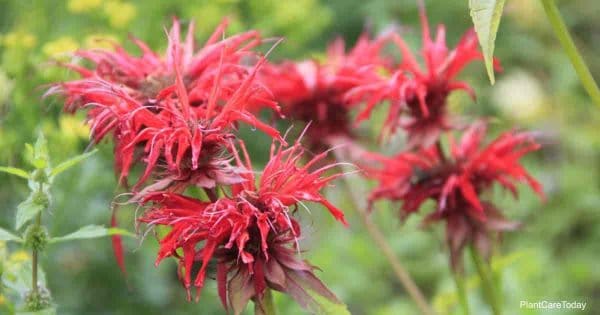
Crimson beebalm is extensively grown as an ornamental plant, both within and outside its native range; it is naturalized further west in the United States and also in parts of Europe and Asia.
It grows best in full sun but tolerates light shade and thrives in any moist but well-drained soil.
Several cultivars have been selected for different flower colors, ranging from white through pink to dark red and purple.
Butterfly Weed (Asclepias Tuberosa)
The Butterfly weed Asclepias plant is native to North America and is known as the butterfly weed because it’s nectar production and vibrant flowers attract many butterflies.
Moreover, it also provides food to monarch and queen butterflies, moths.
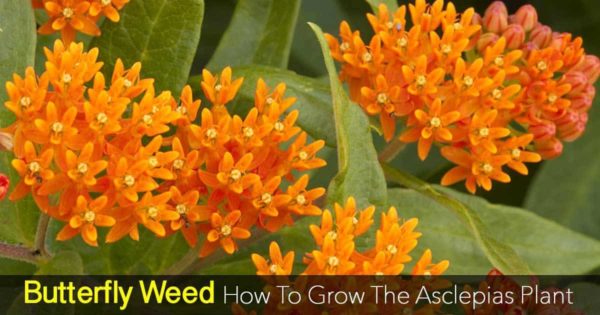
Bees and hummingbirds are also attracted to this plant.
This plant easily grows in a range of areas, including meadows, dry fields, prairies, and open woods.
It is mostly used by the gardeners in a mass planting, rock gardens, borders, and wildflower meadows.
Canna (Canna Xgeneralis)
Canna plants are a genus of flowering plants in the Cannaceae family.
These plants have large green leaves with purple tones.
These plants produce yellow or red flowers during the summer season.
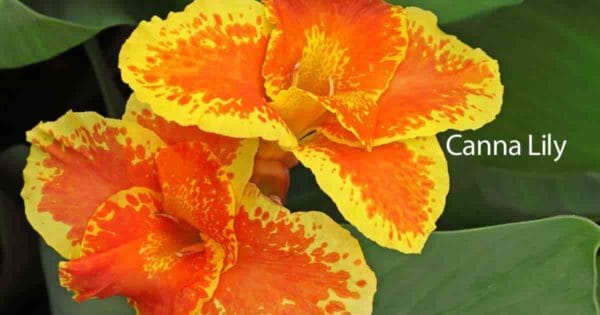
Use these plants for tall borders, in narrow spaces, or in large pots.
Be sure to place them under the full sun for optimal growth.
These plants are easy to grow as long as they get sufficient light during the summers and protection in the winter season.
Cardinal Flower (Lobelia Cardinalis)
The Lobelia Cardinal flower belongs to the Campanulaceae family and is native to America and Mexico.
They are mostly found growing in the wild in northern America.
In a garden, this plant forms dark green leaves with purple undertones.

This plant is also used in aquariums to beat it and grow stunning shade of light green leaves.
These plants produce beautiful flowers, which attract hummingbirds and bees.
Louisiana Iris (Iris Fulva)
The Louisiana Iris Fulva plant offers a wide range of colors than other iris plants.
This plant grows in the wild, particularly in Mississippi, Arkansas, Florida, and Louisiana.
When growing in a garden, this stunning plant thrives in hardiness zone 6.
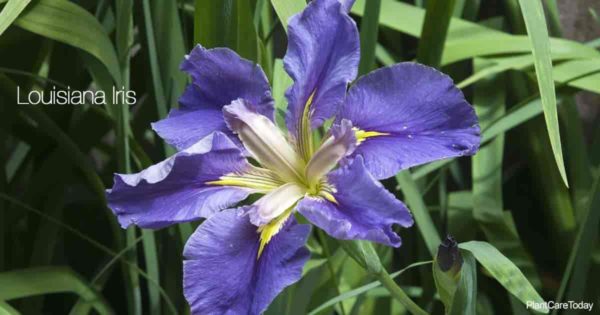
Moist soil and healthy rhizomes are crucial for the optimal growth of this plant.
The shades of the flowers range from white, pink, yellow, purple, blue, and rust.
These flowers are 3” to 7” inches wide and grow on 2’ to 3’ feet long stems.
The leaves are sword-like and attractive.
Generally, this plant spreads 3’ feet wide.
The foliage looks amazing in moist beds and rain gardens, attracting many hummingbirds.
Coralbells (Heuchera Sanguinea)
The perennial Heuchera Coralbells plants are native to North America and belong in the Saxifragaceae family.

These plants are compact and offer varying colored foliage in shades of gold, lime green, rose, purple, and even different variegations.
These plants are deer resistant, but attract hummingbirds and butterflies.
Butterfly Ginger (Hedychium Coronarium)
The perennial Hedychium Coronarium plant belongs in the ginger family and is native to Eastern Himalayas regions and southern China.
These plants, with their elegant flower spikes, add a quiet class to fall and summer gardens.
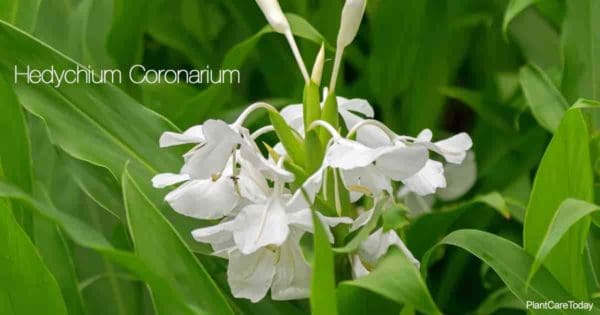
The fragrant flowers have a ginger-like scent.
These plants grow around 6’ feet high and have long leaves with delicate flowers.
These plants prefer moisture and warmth.
This perennial is resistant to most diseases and pests and require minimal care to profusely flower.
Glory-Bowers (Clerodendron spp.)
The Glory Bowers Clerodendron is an ornamental plant native to West Africa and belongs in the Verbenaceae family.
When given a permanent spot, this perennial has the ability to reach 15’ feet height and spread around 5’ feet.
 This plant needs a well-draining soil mixture to grow its best.
This plant needs a well-draining soil mixture to grow its best.
Its vines get super thirsty, which is why it is essential to make sure the plant never dries out during its growing season.
In dry conditions, occasional misting is necessary.
The vines of this plant produce the best blooms under bright light.
Make sure you place it in a sunny spot.
Common Bearded Tongue (Penstemon Barbatus)
The Bearded Tongue Penstemon plant is native to western America.
It produces spikes of tubular, clustered blossoms with a hairy texture.
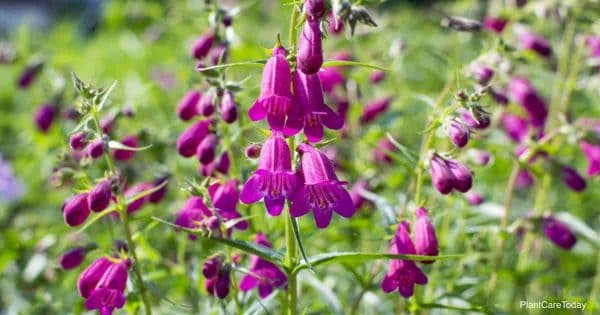
These plants are a popular choice for conventional gardens and xeriscape.
The flowers of this plant bloom in later summer season and attract hummingbirds.
This plant looks great in a mass planting, rock gardens, borders, informal settings, and hummingbird gardens.
Autumn Sage (Salvia Greggii)
The Salvia Greggii (Autumn Sage) plant is native to Mexico and Texas, and belong in the Lamiaceae family.
Butterflies and hummingbirds are very attracted to the pinkish-red flowers of this perennial plant.

The flowers bloom throughout the summer season till well into fall.
This plant requires a well-draining potting mixture and grows optimally in rocky and alkaline soils.
Be sure to place this plant in a sunny location.
It doesn’t need much watering once it is established.
Its fragrant leaves keep deer away. It stays evergreen in mild environments.
Lantana (Lantana Camara)
The Lantana is a flowering plant from the Verbenaceae family and is native to the tropical areas of America.
It is mostly cultivated in a conservatory or indoors, but also grows well in any garden with adequate shelter.
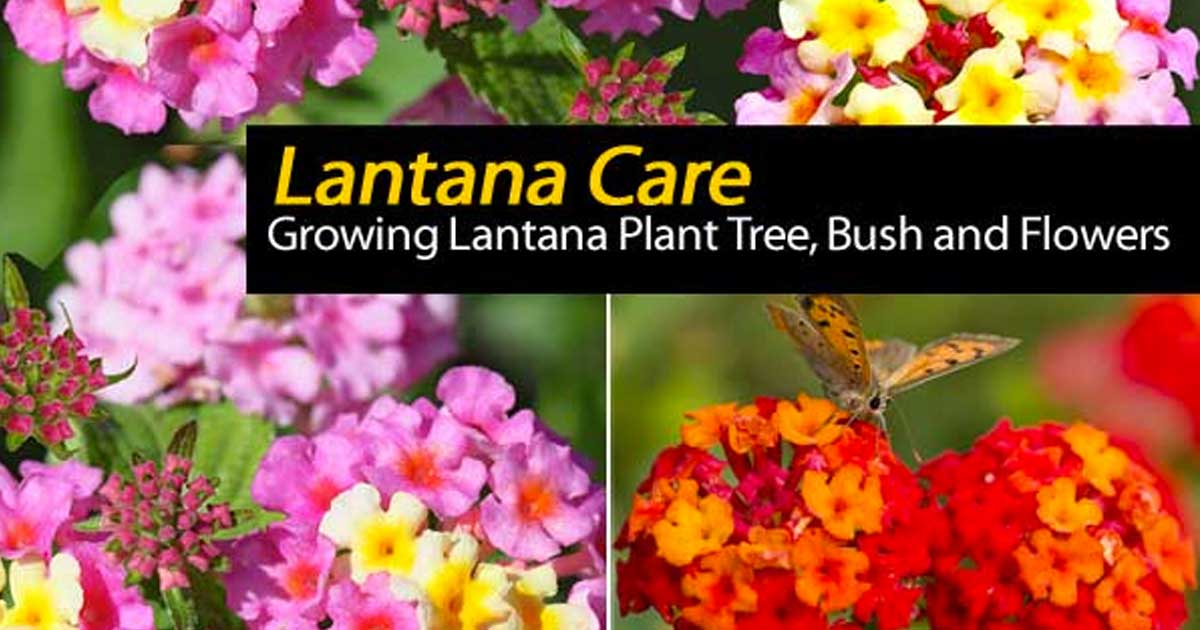
It has been naturalized in other countries, like Oceania and Asia, where it is an invasive species.
It makes a wonderful addition in the butterfly and hummingbird garden where its bright blooms attract many pollinators.
Make sure to provide this plant with six to eight hours of sunlight and grow in a well-drained mixture.
Firebush (Hamelia Patens)
The perennial Hamelia Patens plant belongs in the Rubiaceae family and is native to the tropics and subtropics of America.
It produces stunning and unique flame-colored blossoms.
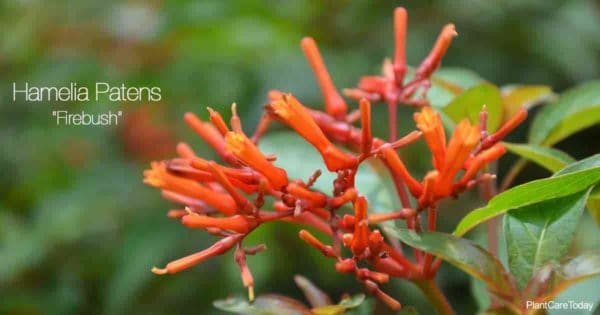
Moreover, this plant is also highly tolerant to extreme sun and heat.
It thrives in USDA hardiness zones 8 to 11.
The plant is easy to grow in ideal growing conditions.
It will reward you with gorgeous flowers throughout the spring season till fall.
The red flowers attract multiple pollinators in a garden, including hummingbirds and butterflies.
Bog Sage (Salvia Uliginosa)
This flowering plant belongs in the family of Lamiaceae and is native to Argentina, Uruguay, and Brazil.
This is a moisture-loving plant, growing 6’ feet long and 3’ feet wide.
It looks excellent in a border, mixed planters, and beds.
It has the ability to tolerate heavy soils, as long as there is good drainage.
Be sure to place the plant under the full sun.
Butterflies and hummingbirds love this plant.
Pineapple Sage (Salvia Elegans)
This perennial plant is native to Guatemala and Mexico.
It is commonly grown as an ornamental plant in an herb garden.
It produces sweet pineapple fragrance when the foliage is touched.
The flowers bloom in the summer season.
It prefers to grow under the full sun and in a well-draining mixture.
These look wonderful in containers and pots.
Be sure to protect this plant during the winter season.
This plant is attractive to butterflies and hummingbirds.
Mexican Bush Sage (Salvia Leucantha)
The perennial Salvia Leucantha is native to tropical and subtropical areas in eastern and central Mexico.
The plant grows about 4’ feet high and 6’ feet wide.
It has erected, and arching stems with purple or blue inflorescences.

Its foliage stays evergreen in frost-free areas throughout the year.
It thrives best in hardiness zones 8 to 10.
This plant doesn’t require a lot of maintenance and care.
It needs to grow in a well-draining potting mixture, under the full sun.
It also tolerates some afternoon shade.
The flowers emerge from colored bracts and are mostly white in color, attracting hummingbirds.
Cigar Plant (Cuphea Micropetala)
This plant belongs in the cuphea genus with 250 and more semi-woody and perennial shrubs.
It is native to temperate and tropical regions.
The plant grows about 4’ feet tall and 6’ feet wide, producing small tubular flowers in shades of red and yellow.
As the flower matures, the base becomes orangish-red, and slowly the whole flower transforms its color.
As a result, your garden will have showy bicolor flowers, attracting hummingbirds and butterflies.
It looks excellent in cottage gardens, beds and borders, container plants, and along walkways and edgings.
Anise Sage (Salvia Guaranitica)
The Salvia Guaranitica (Anise Sage) plant is in the salvia species and is native to Argentina, Uruguay, Paraguay, and Brazil.
It is loved by hummingbirds and butterflies.
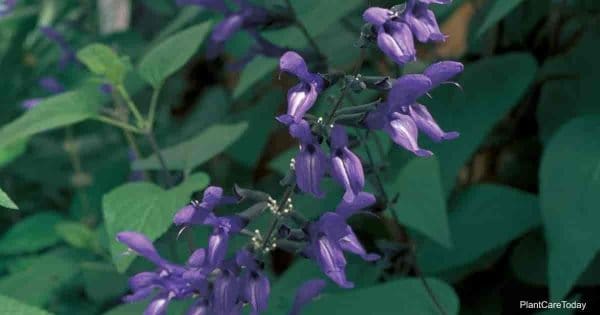
The plant grows up to 5’ feet tall and spreads quickly in a large patch.
The leaves are wide and long, with mint green shade.
The inflorescences grow 9” to 10” inches long and are in varying shades of blue.
These look excellent in mixed borders, annual borders, and containers.
Penta (Pentas Lanceolata)
The Pentas Lanceolata plant is native to Yemen and Africa and belongs in the Rubiaceae family.
It works great in attracting butterflies and hummingbirds due to its bright colors.
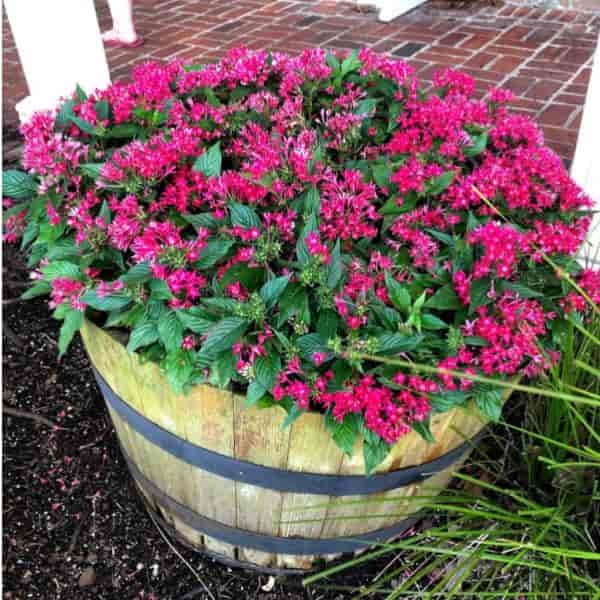 image via PlantCareToday.com
image via PlantCareToday.com
These plants produce bright flowers and dark green leaves, making it an excellent addition in any garden or landscape.
It is best to plant Penta in a moist and well-draining potting mixture, under the full sun in the spring season.
Turk’s Cap (Malvaviscus Arboreus)
This flowering perennial belong in the Malvaceae family and is native to South America, Central America, Mexico, and southeastern America.
The plant has now become popular due to cultivation.
Its flowers don’t fully open but attract hummingbirds and butterflies.
The shape of the flowers resembles the traditional hat of Turkey.
It is suitable to grow in USDA hardiness zones 7 to 10.
It is a highly versatile plant and is grown in multiple landscapes with minimal care.
Turk’s cap is a versatile plant, only needing ordinary care to flourish.
Flowering Maple (Abutilon Pictum)
The Flowering Maple Abutilon plant is in the abutilon species in the Malvaceae family and is native to Uruguay, Paraguay, Argentina, and Brazil.
It has become naturalized in Central America.
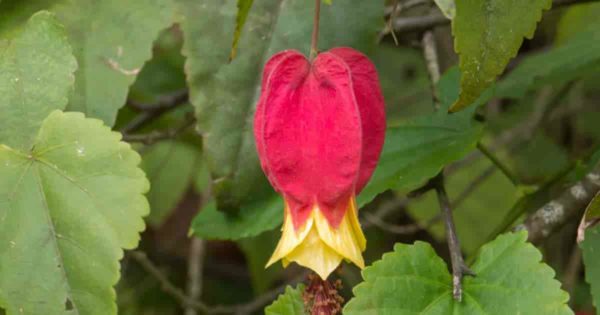
This plant thrives in subtropical or tropical climates.
While the hardiness varies, it is best to grow in the zones 8 to 9.
It produces attractive blooms with lantern-shaped buds from which the flowers open into dangling cup-shaped blooms.
The shades of the flowers include white, ivory, red, coral, pink, yellow, and orange.
Jacobinia (Justicia Carnea)
The Jacobinia (Justicia Carnea) is a flowering perennial from the Acanthaceae family and is native to eastern Brazil.
It’s often grown and cultivated as an ornamental plant.
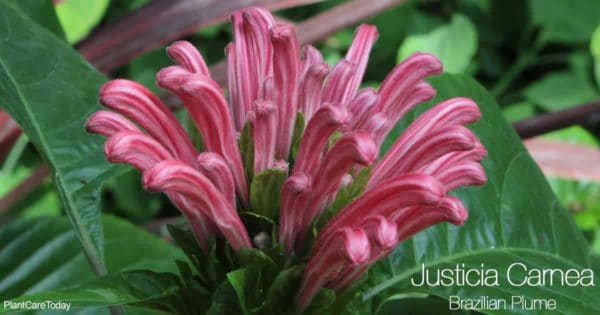
It produces bright and unique flowers, making it popular among numerous gardens and landscapes.
This plant is perfect for shaded areas, like patios, entryways, and porches.
It may be grown indoors under bright light.
It also makes an excellent border.
Grow it in well-drained and fertile soil and makes sure the mixture is evenly moist for optimal growth.
Shrimp Plant (Justicia Brandegeana)
The Justicia Brandegeana plant is from the Justicia genus and belongs in the Acanthaceae family.
It is native to Mexico.
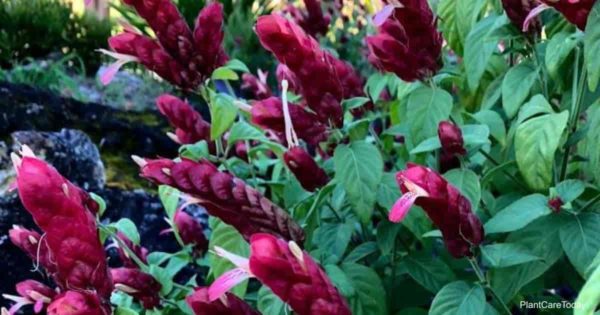
The plant grows about 3’ feet tall and has spindly limbs.
The leaves of this plant are green and oval-shaped.
The white flowers grow from red-colored bracts resembling the shape of a shrimp.
The showy bracts may vary in color in shades of golden yellow, coppery pink, and reddish-brown.
It produces the best colors when it gets a good amount of sunlight.
Be sure to grow this plant in a sunny location.
While the flowers are not long-lasting, they still attract different pollinators, including bees and hummingbirds.















 image via PlantCareToday.com
image via PlantCareToday.com

